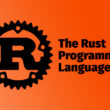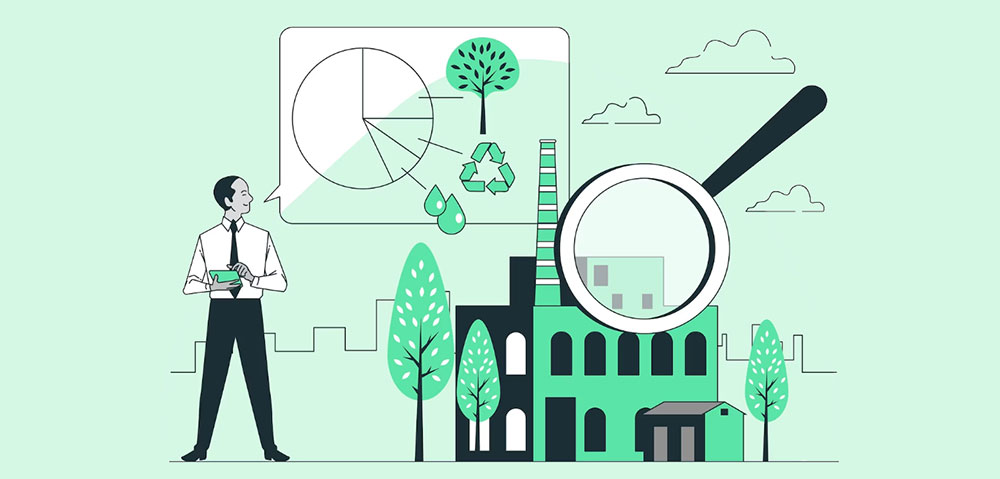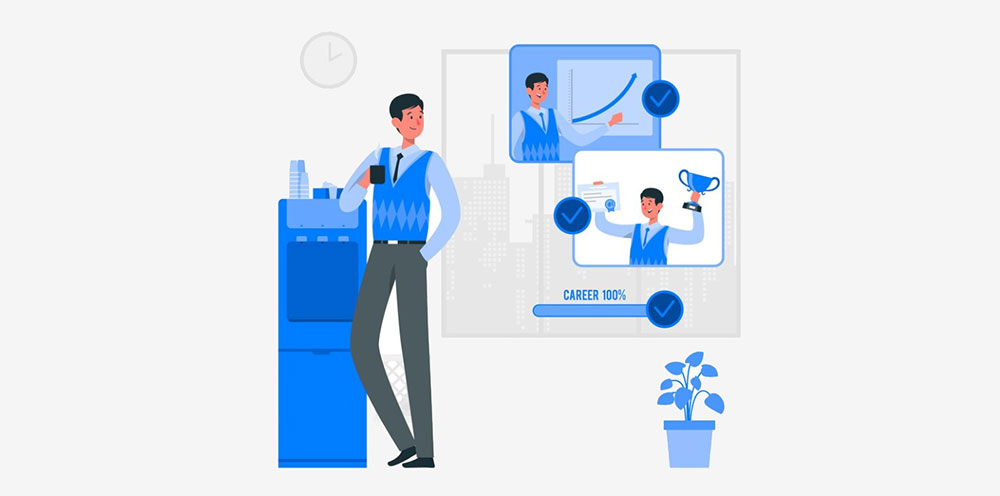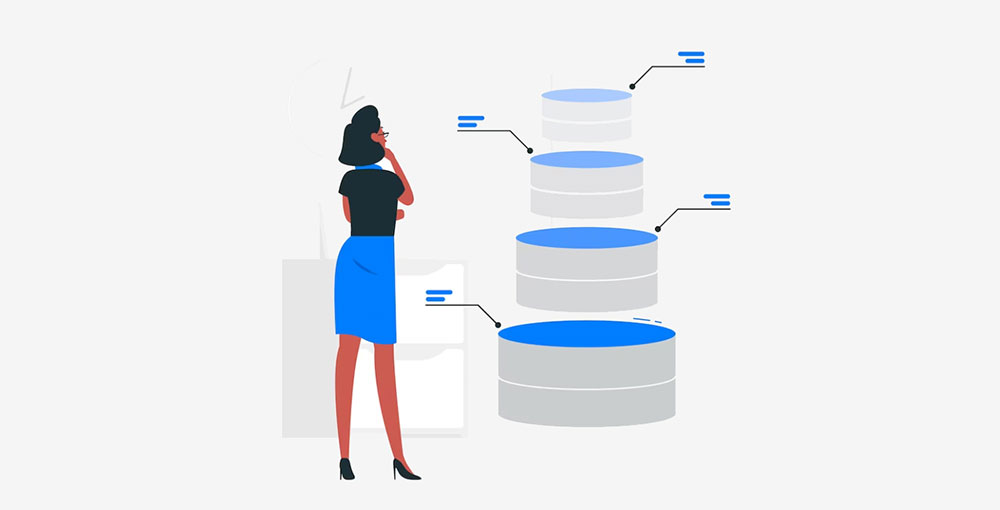PLG vs SLG – Which Strategy Reigns Supreme?
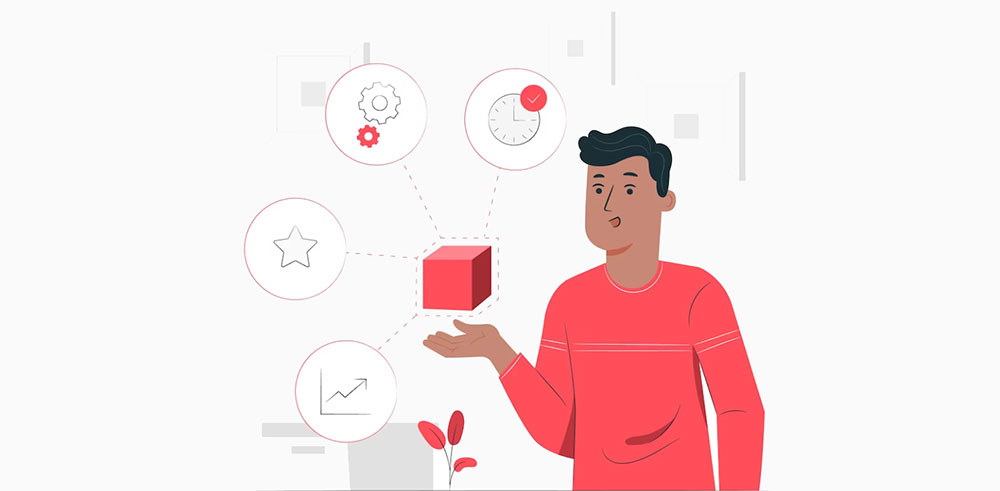
In today’s hyper-competitive tech landscape, the clash of titans isn’t just about who’s got the shiniest product; it’s a tug-of-war between Product-Led Growth (PLG) and Sales-Led Growth (SLG) strategies. Each corner has its die-hard supporters, data-backed success stories, and critics.
Like you, I’m smack in the middle of this vortex, crafting digital experiences that either hook users instantly or rely on the charismatic spell of sales teams.
But let’s cut through the noise. This isn’t just a debate—it’s the difference between riding a wave or paddling against the current.
We’ll dive right into the nitty-gritty of B2B marketing strategies, engaging users, conversion rates, and the tantalizing allure of those viral product features.
By the close of our chat, you’ll emerge savvier about the paths you can take—whether guiding users seamlessly through user onboarding processes or crafting pitches that would make Don Draper slow clap.
We’re not just talking shop here; this is the blueprint, your take on the SaaS business model playbook.
Let’s unfold the metrics that matter, the strategies that skyrocket, and which growth narrative will write your success story.
Key takeaways
- Hybrid Approach: Combining PLG’s scalability and user-centricity with SLG’s personalized touch can lead to cost-effectiveness, unlocking a larger market, and maximizing the product’s potential.
- PLG vs SLG: Product-Led Growth (PLG) is driven by the product itself, often seen in freemium models, while Sales-Led Growth (SLG) relies on a sales team guiding customers through the sales funnel, common in complex, high-value product sales.
- Advantages of Each Approach: PLG offers lower customer acquisition costs and faster sales cycles, while SLG allows for deeper, personalized client relationships and potentially larger deals.
- Downsides to Consider: PLG may lead to lower initial revenue per customer and relies on the product’s market fit, whereas SLG can involve longer sales cycles, higher costs, and challenges in scaling.
Understanding PLG and SLG
Now, let’s sink our teeth into what PLG and SLG really mean. How they operate, and the benefits they bring to the table.
Detailed explanation of PLG

In the world of PLG, the product takes the lead. Imagine walking into a store where the product you want is right in front of you. You take it, try it, and see if it’s a good fit. No salespersons hovering over you. It’s all about you and the product. That’s PLG in a nutshell.
Importance of user experience
In PLG, user experience is king. The whole idea is to make the product so darn good, so intuitive, and so useful, that users just can’t help but fall in love with it. The more they love it, the more they use it. And the more they use it, the more they talk about it. It’s a ripple effect.
Benefits of PLG
So, what’s in it for you? Well, a lot, actually. PLG has a lower cost of customer acquisition, it can scale massively, and it offers a quicker route to profitability. But the icing on the cake? It turns your users into your marketing army.
Detailed explanation of SLG
Now, let’s turn the tables and step into the world of Sales-Led Growth. This is the world where selling rules. Here, it’s all about the charm of a well-trained sales team, tailored sales pitches, and that personal touch. The mission: to get customers to buy, and keep them coming back for more.
Importance of sales team
In the SLG world, your sales team is the frontline. They’re the deal-makers, the hand-shakers, the movers, and shakers.
A strong sales team in an SLG setup is worth its weight in gold.
Benefits of SLG
SLG comes with its own set of perks. It allows for a personalized approach, which means a deeper connection with your customers.
It gives you the power to control the sales narrative. And it’s especially handy when you’re dealing with complex, high-value products that need some explaining.
Comparing PLG and SLG

Okay, we’ve got our heads around PLG and SLG, but how do they stack up against each other? Let’s dive into the similarities and differences.
Differences between PLG and SLG
Target audience
PLG often thrives with a wide net of smaller customers, often individual users or small businesses. On the flip side, SLG usually focuses on a smaller pool of larger customers. It’s the difference between catching lots of small fish or a few big ones.
Sales cycle
With PLG, you’re looking at a quicker sales cycle. Remember, it’s product first, sell later. In the world of SLG, the sales cycle is generally longer due to the personalized selling approach.
Cost of acquisition
This one’s a no-brainer. With PLG, you typically spend less to acquire a customer compared to SLG. Why? Because your product is your salesperson. But with SLG, the cost can stack up, especially if you have a large sales team.
Similarities between PLG and SLG
Goal of growth
Whether you choose PLG or SLG, the endgame remains the same. You want to grow. You want more customers, more sales, and more success.
Importance of customer satisfaction
Happy customers are the lifeline of any business. Both PLG and SLG understand this. While PLG relies on the product to keep users happy, SLG uses personalized service and support.
Need for a strong product
Despite the differences, both PLG and SLG need a killer product. Without it, there’s nothing to sell and nothing to lead with.
PLG vs SLG: Which One to Choose?
This is the million-dollar question. PLG or SLG? Well, it’s not that simple. There are a few things you need to consider.
Factors to consider
Product complexity
Got a complex product that requires some explaining? SLG might be the way to go. But if your product is easy to grasp and use, then PLG could be your ticket to success.
Time to value
If your product delivers value quickly, you might lean towards PLG. Users can see the benefits straight away and be more inclined to stick around. But if it takes a while for your product to show its worth, then SLG could be the better option.
Target market
Who are you selling to? Individuals or businesses? Small or large? High value or high volume? Understanding your target market can help you choose between PLG and SLG.
Pros and cons of each approach
Every approach has its ups and downs. Let’s see what PLG and SLG have to offer.
Advantages and disadvantages of PLG
PLG’s got a lot going for it. Lower cost of acquisition, faster sales cycle, scalable model, and user-centric approach. But on the flip side, PLG can struggle with complex products and high-touch customers.
Advantages and disadvantages of SLG
SLG shines with personalized selling, control over sales narrative, and ability to handle complex products. But it comes with a price – higher acquisition costs, a longer sales cycle, and dependency on the sales team.
The Hybrid Approach: Combining PLG and SLG
Now, this is where things get really exciting. Who said you have to stick to one approach? What if you could get the best of both worlds?
Explanation of the hybrid model
The hybrid approach is like a magical concoction. It mixes the user-centricity of PLG with the personalized touch of SLG.
It’s about letting users fall in love with your product first and then offering a hand to guide them further when needed. You lead with the product, but you’re ready to sell when the time is right.
Benefits of the hybrid approach
Combined benefits of PLG and SLG
This hybrid model lets you enjoy the best of both worlds. You get the scalability of PLG and the personalized approach of SLG. You get to keep acquisition costs down while maintaining a deep connection with your customers.
Cost-effectiveness
By combining the two approaches, you can cut down on sales costs while still maximizing customer lifetime value. It’s all about being smart and resourceful.
Unlocking a huge total addressable market
By blending PLG and SLG, you can cater to a much broader market. From individual users to large enterprises, from small purchases to big-ticket sales, you can have it all.
Building the product to its full potential
With the hybrid approach, your product gets to shine, but it also gets the backup it needs. It’s about letting your product be the best it can be.
Examples of companies that adopted this strategy
Many successful companies have taken the hybrid road. Companies like Dropbox, Slack, and Hubspot. They’ve shown that it’s possible to combine PLG and SLG to achieve astounding success.
Implementing a Hybrid Approach
You’re probably thinking, “This hybrid approach sounds fantastic, but how do I get started?” Well, I’m glad you asked. Let’s break it down.
Requirements of a hybrid approach
The hybrid approach might sound like a dream, but it requires careful planning and implementation. Let’s see what it takes.
New teams
The hybrid approach needs a blend of skills. You’ll need a killer product team to ensure your product rocks, and a savvy sales team to close deals and maintain relationships.
Product and packaging
Your product needs to be top-notch, intuitive, and value-driven. But that’s not enough. You also need to package it in a way that appeals to both self-serve users and enterprise customers.
New tools
The right tools can make a world of difference. You’ll need tools for product development, analytics, customer engagement, sales enablement, and more.
Steps to start with a hybrid approach
Alright, you’ve got the requirements down. Now, what’s next?
Building new teams
First, you’ll need to build or restructure your teams. Remember, you need a balanced mix of product-focused and sales-focused talents.
Adjusting product and packaging
Next up is your product. Make sure it delivers real value and is easy to use. Then think about how you can package it for different types of customers.
Integrating new tools
Last but not least, gear up with the right tools. These tools will help you analyze, optimize, and grow your business in a hybrid environment.
FAQ On PLG Vs SLG
Is Product-Led Growth better than Sales-Led Growth?
PLG puts your shiny SaaS at the forefront, tempting users to jump right in. SLG hinges on that human touch, weaving a narrative around your product. Both can be rockstars in the right gig – PLG often wins for scalability, SLG for high-touch, complex solutions.
What’s driving businesses towards a Product-Led Growth strategy?
Hey, it’s the age of viral loops, where users expect slick, self-serve experiences. Businesses are catching on that delights in the product experience can power sign-ups, without the hefty price tag of a sales squad.
Do sales teams become obsolete in a PLG model?
Not at all. They shift gears from front-line conquest to picking up on cues from engaged users. Sales teams turn into growth catalysts, focusing on expansion and custom solutions where the product’s reach has its limits.
How does Sales-Led Growth support complex sales processes?
In the intricate dance of enterprise deals, SLG leans on relationship building. Here, it’s about trust. You weave a narrative, back it with stellar customer success management, showing how your product beats “complex” into submission.
Can PLG and SLG coexist within the same company?
Totally, think of it as a tag team for your go-to-market strategy. Start with PLG to reel ’em in, let SLG work the big fish. It’s all about aligning your techniques with the customer journey.
How does a company transition from SLG to PLG?
It’s like learning a new dance. Start by cranking up your user onboarding processes. Make sure your product is something they can’t live without. Educate your sales team to adapt and capitalize on the leads your product generates.
What role does customer feedback play in Product-Led Growth?
Big role. Think of feedback as the compass guiding your product evolution. In PLG, each tweak to the user experience is informed by real-world usage and sentiment—that’s gold for retention and organic growth.
What metrics are vital for evaluating PLG’s effectiveness?
Look at your customer acquisition costs, time to value, and daily active users like a hawk. These numbers don’t just like to spin a good yarn. They tell you if users are getting hooked, staying, and loving it—user engagement metrics outfit for this.
In what ways is SLG crucial for high-value, B2B products?
It boils down to the personal touch. In B2B, where stakes and prices soar, enterprise sales cycles nurture through trust, tailored pitches, and the warm, fuzzy feeling that only a face-to-face can deliver.
Can Product-Led Growth help in reducing user acquisition costs?
Absolutely. Since the product carries the torch in attracting users, your marketing budget can take a breather. Users come for the product’s charm, and if it’s love at first ‘site’, they stick—no hard selling needed.
Conclusion
So, we’ve been jawing about PLG vs SLG, dissecting two heavy-hitters in the growth strategy ring. It’s like every step in user onboarding or top-notch customer success management weaves another layer into this tapestry where one size doesn’t fit all.
- Product-Led Growth – it’s sleek, it’s self-serve, a nod to a buyer’s need for no-frills, straight-to-the-point solutions. A thumbs-up to the product that sells itself.
- Sales-Led Growth – can’t shake it off; the human element’s got a grip stronger than a vice. Sometimes, nothing beats a handhold through the complexity.
And as the last pixel fades from view on this deep dive, remember, the proof’s in the SaaS pudding. Numbers don’t fib. Churn rates, conversion rates or those hard-to-ignore metrics—scrutinize them. The real winner? It’s whatever fits the suite to a T, aligning with the beat of your brand’s heart. Pick the rhythm that resonates, and let those users fill the dancefloor.
If you liked this article about PLG vs SLG, you should check out this article about product validation.
There are also similar articles discussing user adoption strategies, product monetization strategies, product branding, and product-led onboarding.
And let’s not forget about articles on product documentation, product-led sales, product iteration, and product management with Monday.
- Unlocking Efficiency: Top CSS Generators To Try - May 4, 2024
- What Is Rust Used For? A Guide to Its Applications - May 4, 2024
- Simplifying Video Editing: Creative Apps Like Kapwing - May 3, 2024


